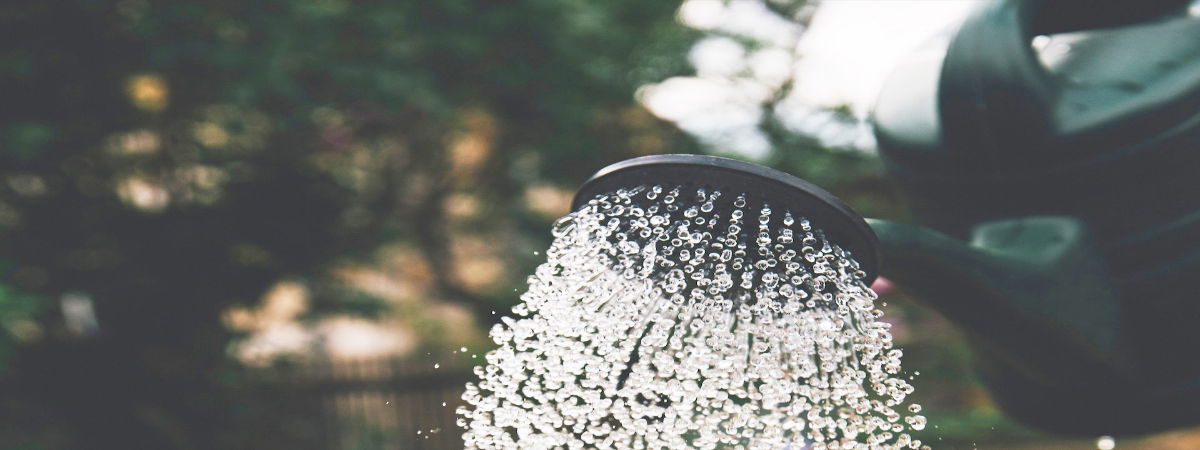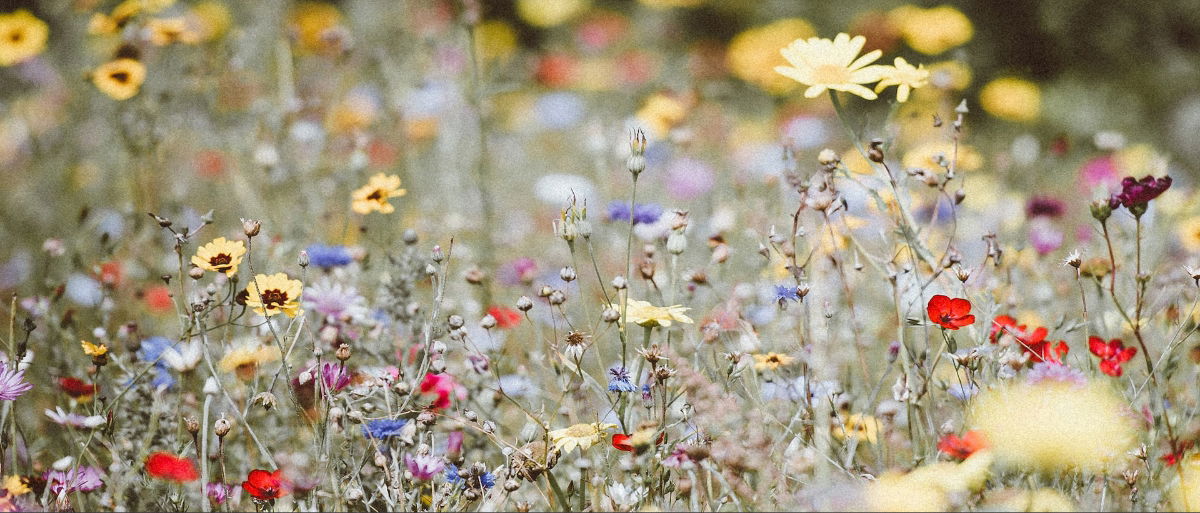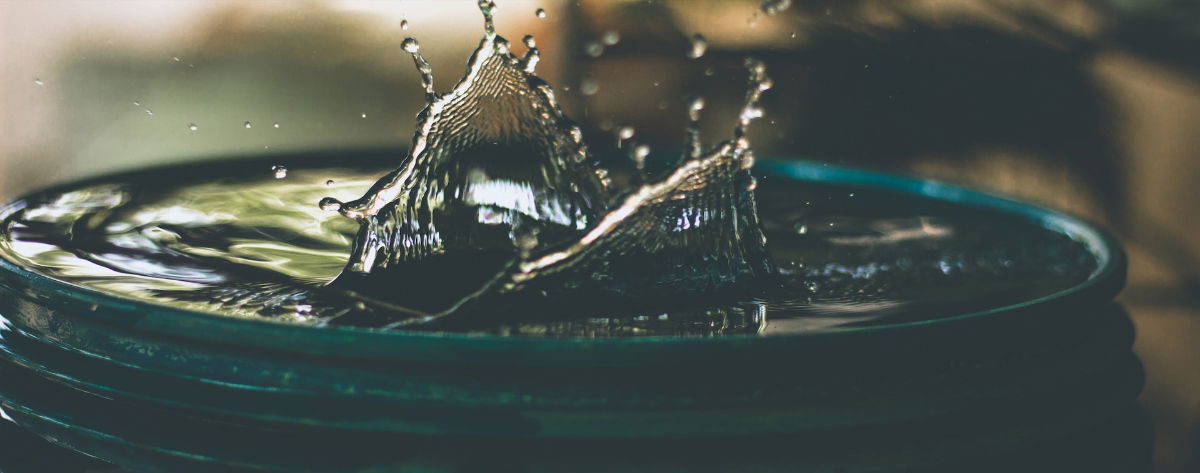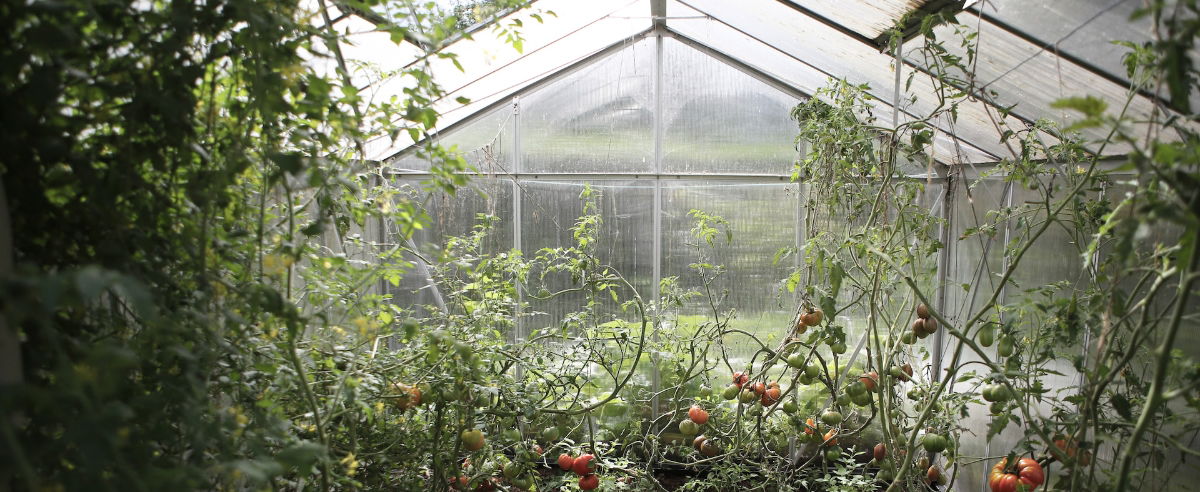As gardeners, we all cherish the beauty and tranquillity that our gardens provide. However, in times of water scarcity, such as during a hosepipe ban, it becomes crucial to adapt our gardening practices to ensure the survival and well-being of our beloved plants. This blog will explore practical and effective strategies to care for your garden during a hosepipe ban. Let's dive in!
Plan Wisely:
During a
hosepipe ban, it is essential to plan your garden carefully to optimize water usage. Consider the following tips:
Group Plants with Similar Needs:
Arrange them based on their requirements. By grouping ones with similar needs together, you can target efforts more efficiently, reducing wastage. For instance, keep thirsty vegetables, annuals, and container plants in one area, while grouping the drought-tolerant together.
Prioritize Essentials:
During a hosepipe ban, it's important to prioritize your watering efforts. Focus your limited resources on high-priority areas, such as vegetable patches, fruit trees, and new or vulnerable specimens. These plants need extra care to ensure their survival.
Mulching:
Mulching is a simple and effective technique to conserve water in your garden. Apply a layer of organic mulch, such as wood chips, straw, or compost, around your plants. This helps retain moisture in the soil, suppresses weed growth, and protects roots from extreme temperatures. Mulching helps retain moisture and creates a healthier growing environment.

Efficiency is key
Water in the Morning or Evening:
Doing this during the cooler hours of the day minimizes evaporation and ensures better absorption, avoiding peak daytime temperatures.
Use a Watering Can:
This traditional method allows you to target specific plants and minimize wastage. Place the spout close to the roots to deliver the stream directly. Avoid spraying over leaves and flowers as it can promote diseases.
Collect the Rain:
Utilize the rain by installing
water butts or barrels in your garden. Collect from roofs and gutters to nourish your garden during the hosepipe ban. Be mindful of local collection regulations.
Drip Irrigation and Soaker Hoses:
Consider installing drip irrigation systems or soaker hoses in your garden. These systems deliver drips directly to plant roots, minimizing evaporation and maximizing efficiency. Drip irrigation is especially useful for vegetable gardens and flower beds, as it delivers water precisely where it's needed and reduces loss through runoff.
Soil Management:
Healthy soil plays a vital role in conserving moisture. Follow these soil management practices:
Improve Soil Structure:
Enhance your soil's ability to retain moisture by incorporating organic matter, such as compost or well-rotted manure. These amendments improve structure, increase water-holding capacity, and promote healthy root development. Work the organic matter into the top layer of soil to ensure its benefits reach the roots.
Weed Control:
Weeds compete with your plants for moisture and nutrients. During a hosepipe ban, it's crucial to keep weeds under control. Regularly remove weeds by hand or using a hoe to ensure your garden receives maximum benefit from the moisture available. Applying a layer of mulch around the base also helps to suppress weed growth.
Use Mulch:
Mulching is not only beneficial for water conservation but also for overall soil health. As mentioned earlier, applying a layer of organic mulch around your plants helps conserve moisture, suppress weeds, and maintain a more consistent soil temperature. Mulch acts as a protective barrier, reducing evaporation and preventing soil erosion during heavy rain.

Garden Care:
During a hosepipe ban, it's important to prioritize the health and survival of your plants. Consider the following care practices:
Choose Drought-Tolerant:
During a hosepipe ban, drought-tolerant plants can withstand and thrive. Native species from Mediterranean regions are often well-suited to restricted environments. Some examples include lavender, rosemary, yarrow, sedum, and agapanthus. Incorporating these plants into your garden reduces water requirements and maintains a beautiful landscape, the
RHS go into detail about this.
Deadhead and Prune:
Regularly deadhead flowers and remove spent blooms to redirect energy and resources to the healthier parts. Deadheading not only improves the plant's appearance but also promotes continuous blooming. Pruning is another important practice during a hosepipe ban. Removing dead or diseased branches encourages stronger growth and reduces water requirements, focussing resources on healthy parts.
Reduce Lawn Care:
Lawns typically demand significant water resources. During a hosepipe ban, it's advisable to reduce the frequency of mowing and allow your lawn to grow slightly longer. Longer grass shades the soil and reduces evaporation. Set your mower blades to a higher level and mow less frequently. Consider leaving grass clippings on the lawn to act as a natural mulch, providing nutrients and helping retain moisture.

Efficient Irrigation Techniques:
Get Deep:
When watering, aim for deep root penetration. Apply slowly and deeply to encourage roots to grow deeper into the soil. This promotes stronger and more drought-resistant plants.
Avoid Overwatering:
This is not only wasteful, but can also harm your plants. Check the moisture level of the soil by inserting your finger into the soil up to the second knuckle. If it feels moist, hold off.
Special Devices:
Consider using water-saving devices such as flow restrictors or triggers. These devices help control flow, reducing waste and maximizing efficiency.
Hydrogel Products:
Hydrogel products are water-absorbing crystals that can help retain moisture in the soil, then release it slowly. Mix them with the soil or apply them around the roots.

Selection and Placement:
Native Plants:
Choose native species for your garden, as they are more likely to thrive during a hosepipe ban. They have already adapted to the local rainfall patterns and soil conditions.
Group by Needs:
Consider the microclimates within your garden. Some areas may be naturally wetter or drier than others due to factors like shade, exposure, or soil conditions. Take advantage of these variations and place plants with higher needs in naturally wetter areas.
Shade and Windbreaks:
Creating shade and windbreaks can help reduce water loss from your garden. Having trees, and shrubs, or erecting fences can provide shade and shelter, reducing evaporation and protecting plants from strong winds.
Choose the Right Containers:
Opt for containers made of materials that retain moisture, such as clay or terracotta. These materials naturally regulate moisture levels in the soil and reduce evaporation.
Good Housekeeping have some good pointers.
Conserving Amendments:
Mix absorbing polymers or compost into container soil to improve water retention, these amendments help retain moisture.
Group Containers:
Grouping containers together creates a microclimate that reduces water evaporation. The foliage will also provide shade, reducing the drying effect of the sun.

Monitoring and Adjusting:
Monitor Moisture:
Regularly check the moisture level of your soil to avoid under or overwatering. Use a moisture meter or simply use your finger to assess soil moisture levels.
Adjust Schedule:
As the weather changes during a hosepipe ban, adjust your schedule accordingly. During cooler or rainy periods, you may need to reduce frequency. Conversely, during hot and dry spells, you may need to water more often.
Observe:
Keep a close eye on signs of moisture stress, such as wilting leaves, discoloured foliage, or slowed growth. Adjust your practices accordingly to address the specific needs of each plant.
Caring for your garden during a hosepipe ban requires thoughtful organisation, efficient techniques, and the right plant selection. By implementing the tips and strategies discussed in this blog, you can maintain a thriving garden. Remember to prioritize, make groups with similar needs, and utilize mulching and soil management techniques to retain moisture. Be mindful of the methods you use, collect and utilize the rain, and select drought-tolerant plants suited to your local climate. With these practices in place, you can continue to enjoy a beautiful and sustainable garden, even in times of water scarcity. Let's strive for responsible gardening and contribute to conservation efforts for a greener future.